When planning your next outdoor expedition, selecting the right camping axe can make all the difference. Whether you’re chopping firewood or tackling some hunting tasks, finding the right length and balance for your hand is essential. Axes designed for wilderness adventures come in various shapes and sizes, each tailored to specific needs. Ready to uncover the best options for your adventures? Keep reading to discover how to choose the perfect camping axe and what features to look for before making your purchase.
How to Choose the Perfect Camping Axe for Your Adventure

Selecting the ideal camping axe hinges on several pivotal considerations that can vastly enhance an outdoor experience. Enthusiasts must first assess their camping needs and intended axe usage, whether for chopping firewood or carving bushcraft tools. Understanding the variety of features available is crucial, with options ranging from the traditional Hudson Bay axe to specialized wedges designed for efficient splitting. Weight and portability come into play, especially during hikes where every ounce matters. For long-term adventures, durability cannot be overlooked; a robust construction will ensure reliability. Comfort also stands out, with the handle material influencing grip and control during use. Finally, one must weigh price against quality; finding a balance between an affordable option and a sturdy tool can be the key to a successful camping trip.
Assess Your Camping Needs and Axe Usage
Camping enthusiasts should first consider the specific tasks they anticipate performing during their trip. For instance, a hand axe can effectively handle smaller jobs such as preparing kindling or crafting tools. Understanding whether to use plastic or metal materials in an axe design can also impact the experience, as weight and ease of handling differ significantly between the two.
Another important aspect involves the environment where camping will take place. If setting up a tent in a heavily wooded area, a sturdy axe becomes essential for clearing space and managing firewood. Additionally, keeping a sharpening stone nearby ensures that the blade remains effective throughout the adventure, enhancing the overall efficiency of the tool.
Understand Different Camping Axe Features
The features of a camping axe can significantly influence its effectiveness in the field, especially when considering the intended use. For instance, a tomahawk is versatile, making it suitable for throwing and various campfire tasks. In contrast, brands like Fiskars and Ontario offer specialized designs that cater to specific needs, such as splitting or carving, optimizing functionality for diverse outdoor scenarios.
Blade types and materials also play a critical role in performance. A high-carbon steel blade is often preferred for its durability and ability to hold an edge, while lighter materials can improve maneuverability during extended use. Additionally, the handle's length and grip style affect control and comfort, making it crucial for users to select an axe that feels right in their hands, especially during those long evenings spent by the campfire. Addressing common questions in an FAQ format can further assist in making a well-informed choice.
Consider the Weight and Portability for Hiking
When considering a camping axe for hiking, weight becomes a primary factor. A lightweight axe allows campers to carry it comfortably without adding excess burden to their pack. An adze or a splitting maul, while effective for specific tasks, can dramatically increase pack weight, making it less suitable for long treks where every ounce counts.
Portability is also tied to the design and materials used in an axe. Axes made with high-quality steel and a well-crafted handle not only provide strength for processing wood but also help maintain a manageable weight. Opting for an axe with a compact design ensures that hikers can maneuver easily while remaining efficient in cutting grain and preparing firewood at their campsite.
Factor in Durability for Long-Term Use
Durability plays a crucial role when selecting a camping axe intended for long-term use, as a reliable tool can significantly impact the overall outdoor experience. Axes featuring a hickory handle are often favored for their strength and shock absorption, making them less prone to breakage during heavy use. These axes paired with blades made of cold steel ensure that campers can efficiently chop firewood without the worry of wear and tear.
In addition to traditional materials, many modern axes incorporate nylon components to enhance durability and reduce weight. A well-constructed axe can endure the rigors of outdoor adventures, providing robust performance for tasks such as splitting logs or gathering firewood. Campers should prioritize finding an axe built to withstand various conditions while remaining functional throughout multiple outings.
Look at the Handle Material for Comfort and Grip
The handle material of a camping axe significantly impacts overall comfort and usability. For instance, Estwing axes often feature a solid steel construction with a rubber grip, providing excellent control and reducing fatigue during prolonged use. In contrast, a hatchet with a leather-wrapped handle can offer a warm and natural feel, enhancing the user's connection to the tool while also allowing for easy application of oil to maintain the leather's quality.
Price vs. Quality: Finding Your Balance
When selecting a camping axe, striking the right balance between price and quality is vital. A budget-friendly option may use stainless steel or low-grade carbon steel, which can decrease performance and durability. Campers should remember that investing in quality gear, such as an axe with a robust hammer feature or a reliable brush for cleaning, often pays off in the long run.
High-quality camping axes crafted from premium carbon steel offer superior strength and edge retention. They may come at a higher initial cost, yet their longevity and effectiveness can outweigh the savings of a cheaper model. Choosing the right axe ensures that users have dependable tools for various camping tasks, ready to withstand the elements and provide consistent performance.
Types of Camping Axes Explained

Different types of camping axes serve distinct purposes, catering to various outdoor activities. The hatchet, a compact choice, is perfect for smaller tasks, offering portability and convenience. On the other hand, the traditional camping axe strikes a balance between versatility and power, suitable for a range of chopping tasks. For those who focus on firewood preparation, the splitting axe excels with its design tailored for efficient splitting through logs. The lightweight and tactical tomahawk provides agility and can be utilized in various scenarios, while the felling axe commands respect for its heavy-duty chopping capabilities aimed at larger trees. Finally, the survival axe emerges as a multi-purpose tool, blending various features for adaptability in emergencies. Many of these axes boast construction from high-quality carbon steel and, for added functionality, may come equipped with a lanyard, enhancing safety and ease of use. Furthermore, numerous options are proudly made in the USA, ensuring quality craftsmanship in every swing.
Hatchet: The Compact Choice
The hatchet stands out as an essential tool for campers seeking efficiency in a compact form. Its lightweight design allows for easy transportation, making it a favorite choice for those who prioritize portability without sacrificing functionality during outdoor adventures.
Traditional Camping Axe: For Versatility
The traditional camping axe serves as a multifunctional tool, making it a staple for many adventurers. With its balanced design, it effectively handles a variety of tasks, from chopping wood for a campfire to clearing brush for a tent setup.
Splitting Axe: Ideal for Firewood
The splitting axe stands out as a prime choice for campers focused on efficiently preparing firewood. Designed specifically for splitting logs along the grain, its sharp, wedge-shaped blade easily penetrates tough wood, making the task less labor-intensive and more effective.
Tomahawk: Lightweight and Tactical
The tomahawk stands out as a highly versatile tool that combines lightweight design with tactical functionality. Its compact shape makes it easy to carry without sacrificing power, making it an excellent choice for adventurers looking to maintain mobility during their expeditions.
Felling Axe: For Heavy-Duty Chopping
The felling axe is designed specifically for taking down trees, making it ideal for campers requiring substantial chopping power. With its heavy blade and long handle, it allows for greater force during swings, facilitating the penetration of thick bark and dense wood.
Survival Axe: The Multi-Purpose Tool
The survival axe is crafted for versatility, making it a favored tool for those venturing into the wilderness. Its multi-functional design accommodates various outdoor tasks, whether chopping wood, setting up camp, or even self-defense if necessary. This adaptability ensures that campers have a reliable companion capable of responding to unforeseen challenges.
Essential Features of a Quality Camping Axe
When choosing a camping axe, several essential features contribute to its overall effectiveness and user satisfaction. The blade material and sharpness directly impact performance, influencing how easily it can handle various cutting tasks. Additionally, handle length and ergonomics play a significant role in comfort during extended use, allowing for better control and reduced fatigue. Safety is paramount, making the quality of the sheath vital for protecting the blade and the user. Furthermore, weight distribution affects how the axe feels in hand, promoting efficient use and precise swings. Lastly, multi-functionality provides added practicality, enabling the axe to serve various purposes, which is especially beneficial during outdoor excursions.
Blade Material and Sharpness
Choosing the right blade material is fundamental for a camping axe’s performance. High-carbon steel is often selected for its impressive strength and ability to maintain a sharp edge, which enhances cutting efficiency. In contrast, stainless steel may resist rust but can fall short in edge retention, requiring more frequent sharpening.
Sharpness plays a critical role in how effectively an axe performs during outdoor tasks. A well-honed edge reduces fatigue and effort while chopping, allowing users to complete tasks efficiently. Campers should prioritize regular maintenance to keep the blade sharp, ensuring that the axe remains reliable throughout their adventures.
Handle Length and Ergonomics
Handle length plays a significant role in how effectively a camping axe can be used. A longer handle often offers better leverage, which can enhance cutting power and efficiency, especially when tackling larger logs. Conversely, a shorter handle can improve maneuverability, making it easier to work in tight spaces where precision is required.
Ergonomics directly impact user comfort and control during extended use. An axe designed with a contoured grip ensures that hands remain secure and stable, reducing the risk of slippage and minimizing fatigue. This thoughtful design not only enhances safety but also allows campers to engage in their tasks with greater ease and confidence.
Sheath Quality for Safety
The sheath of a camping axe serves as a protective barrier that both safeguards the blade and ensures user safety. A well-designed sheath prevents accidental cuts when handling or packing the axe, which is especially crucial during outdoor adventures where injuries can hinder the experience. Durable materials, such as leather or reinforced synthetic fibers, offer robustness against wear and tear while maintaining ease of access when needed.
Weight Distribution for Efficient Use
Weight distribution in a camping axe is crucial for achieving effective chopping and splitting. An axe balanced towards the head allows for more powerful swings, making it easier to cut through tough materials. Campers benefit from tools that feel natural in hand, enhancing their capability to perform tasks without straining or overexerting themselves.
Improper weight distribution can lead to fatigue and decreased efficiency, especially during prolonged use. A well-designed axe minimizes unnecessary effort by facilitating smooth swings, allowing users to maintain focus on their tasks rather than their stamina. Striking a balance in weight ensures that outdoor enthusiasts can enjoy their experience while completing essential chores efficiently.
Multi-Functionality for Practicality
A camping axe showcases its value through multi-functionality, allowing users to handle a variety of tasks without needing multiple tools. This adaptability is beneficial during outdoor trips, as it simplifies the packing process and minimizes weight, ensuring that adventurers have an all-in-one tool at their disposal for various activities.
Matching Your Camping Axe With the Trip Type
Understanding the nature of the camping trip can significantly influence the choice of axe. For weekend camping trips, where convenience and ease are prioritized, a compact axe may suffice. Conversely, extended backpacking adventures require a lightweight tool that doesn't compromise on functionality. In car camping scenarios, participants can afford a larger axe with enhanced features to tackle a variety of tasks. Wilderness expeditions demand efficiency; thus, selecting an axe that balances weight and capability is essential. Lastly, in survival situations, reliability takes precedence, making it crucial to choose a rugged, dependable camping axe that can perform under duress. Each scenario calls for specific considerations to ensure that the axe chosen complements the outdoor experience effectively.
Weekend Camping vs. Extended Backpacking
Weekend camping often allows for more flexibility when selecting gear, including axes. Campers can opt for a slightly heavier or larger axe that offers versatility in handling different tasks, as the convenience of car access means weight is less of an issue.
In contrast, extended backpacking demands careful attention to weight and portability. Campers require a lightweight axe that is easy to carry for long distances, ensuring it can efficiently aid in tasks while remaining manageable throughout the journey.
Car Camping: Bigger Can Be Better
For car camping enthusiasts, larger axes offer the advantage of increased functionality without the weight concerns faced by backpackers. With a vehicle at hand, campers can choose axes with longer handles and heavier heads, facilitating more efficient chopping and splitting tasks. This added power proves beneficial when preparing firewood or tackling larger logs, enhancing the overall camping experience.
Having a bigger axe allows for greater versatility in handling various camping chores, including clearing sites and shaping materials for shelter. The robust design often associated with larger camping axes ensures reliability, providing users with a dependable tool for a wide array of outdoor activities, making it an ideal choice for this style of camping.
Wilderness Expeditions: Efficiency Is Key
During wilderness expeditions, a camping axe must prioritize efficiency and multifunctionality. Campers often encounter diverse tasks that require rapid solutions, such as gathering firewood or building shelters. An axe that balances weight and usability enhances the overall experience, allowing for quick access to the right tool without the burden of excessive weight.
The best choice for these adventures includes an axe that can handle both cutting and splitting effectively. Durability becomes a key factor, as the tool will likely face various environmental challenges. A well-constructed axe not only performs reliably but also ensures that it remains a trusted companion throughout the journey.
Survival Situations: Reliability Matters
In survival scenarios, having a reliable axe can mean the difference between safety and hardship. Campers must prioritize tools that can withstand rigorous use under unpredictable conditions, ensuring they can gather firewood, build shelters, or defend themselves if necessary. A dependable axe provides the confidence required to tackle challenges that may arise when venturing into the wild.
Top Considerations Before Purchasing a Camping Axe
Before finalizing a camping axe purchase, several critical aspects warrant attention to ensure optimal performance during outdoor activities. Achieving the right balance and handling enhances user comfort and dexterity, which is vital for various cutting tasks. When considering design, the choice between a single or double bit axe can significantly affect functionality, aligning with the intended use. Proper maintenance and care are necessary for prolonging the axe's lifespan, ensuring it remains reliable through multiple trips. Additionally, assessing environmental conditions helps select the right axe suited for specific terrains and weather challenges. Lastly, budgeting for a high-quality axe involves weighing initial costs against durability and performance, providing long-term value through consistent, effective use in the field.
The Importance of Balance and Handling
Balance is a fundamental aspect of a camping axe that significantly impacts its efficiency during use. A well-balanced axe enables users to swing with precision and control, reducing the strain on the body while performing various cutting tasks. When both the blade and handle are proportionate, the overall handling becomes smoother, allowing for more effective operation across different environments.
Handling refers to how comfortable and intuitive an axe feels during prolonged use, which is essential for outdoor activities. An axe that fits comfortably in the hand and provides a stable grip facilitates better technique and reduces the likelihood of fatigue. Ensuring that the axe's design promotes good handling ultimately increases user confidence and leads to enhanced performance in the field.
Choosing Between a Single or Double Bit Axe
The choice between a single bit and a double bit axe hinges on the intended tasks and user preferences. A single bit axe typically features a single sharp edge, making it straightforward for chopping and splitting wood efficiently. This design is favored for its simplicity and effective performance in various outdoor applications.
Maintenance and Care for Longevity
Regular maintenance is key to extending the life of a camping axe. Users should routinely clean the blade to remove dirt, sap, and debris, which can hinder its performance. A well-maintained axe not only performs better but also ensures safety during use by minimizing the risk of accidents.
In addition to cleaning, proper storage plays a significant role in preserving the tool's integrity. Keeping the axe in a dry location and using a protective sheath prevents damage to the blade and handle when not in use. By taking these simple steps, outdoor enthusiasts can ensure their axe remains reliable and effective for countless adventures ahead.
Environmental Conditions and Axe Selection
When selecting a camping axe, understanding the environmental conditions can significantly impact the effectiveness and suitability of the tool. Campers facing heavy, wet woods may benefit from an axe with a thicker blade to withstand tough, moisture-laden materials, while those in dry, softwoods might opt for a lighter design for quicker and more efficient cutting.
Furthermore, axe selection should also consider the season and terrain. In snowy or icy regions, a sharper, more robust axe allows for better performance in hard-packed wood or frozen materials. Choosing the right axe for specific environmental challenges ensures that campers maintain efficiency and safety throughout their outdoor activities.
Budgeting for a High-Quality Axe
When budgeting for a high-quality camping axe, it’s crucial to consider long-term value over initial costs. A well-constructed axe may require a larger investment upfront, but its durability and performance can save money on replacements and maintenance in the future.
Additionally, potential buyers should research and compare various brands and models to identify those that offer the best combination of quality and affordability. Investing in a reputable axe ensures reliability under challenging conditions, which enhances the overall outdoor experience.
Practical Tips for Testing and Selecting a Camping Axe
Testing and selecting the right camping axe involves various critical steps to ensure that users make an informed decision. Outdoor enthusiasts can start by visiting local sporting goods stores where they can handle different axes firsthand. Reading reviews from fellow campers and seeking recommendations from experienced users can provide valuable insights into performance and reliability. It's essential to test the grip and swing of the axe to identify one that feels comfortable and balanced in hand. Additionally, checking the stability of the axe head is vital for safety during use. Finally, ensuring that the chosen axe fits comfortably within a backpack will enhance mobility, allowing campers to focus on their outdoor adventures without unnecessary burden.
Where to Test Camping Axes Before Buying
Outdoor enthusiasts seeking the perfect camping axe can benefit significantly from visiting local outdoor recreational stores. In these environments, consumers can physically handle various models, assessing factors like weight, balance, and grip firsthand. Staff members often possess valuable insights about specific axes, enhancing the buying experience.
Another excellent option for testing camping axes is at outdoor expos or trade shows, where multiple brands showcase their products. These events allow potential buyers to connect with manufacturers, gaining firsthand knowledge about features and benefits. Engaging in conversations with experienced campers at these gatherings can also provide practical advice and highlight popular choices based on real-world use.
Reading Reviews and Getting Recommendations
Reading reviews plays a vital role in the decision-making process for selecting a camping axe. Prospective buyers often turn to online platforms and forums to gather insights from fellow campers who have already tested the tools in various environments. Understanding the experiences of others can highlight potential strengths and weaknesses, allowing individuals to make well-informed choices.
Seeking recommendations from experienced outdoor enthusiasts can further enhance the selection process. Engaging with friends, family, or local camping groups can provide personalized advice and guidance on which axes perform best for specific activities. This firsthand feedback can lead to discovering reliable options that may not be immediately apparent through traditional sales channels.
Testing the Axe Grip and Swing
When assessing a camping axe, the grip feels paramount. A firm, comfortable hold allows the user to maintain control during every swing, promoting safety and efficiency. Trying out different handle textures and shapes helps determine which provides the best fit for individual hand sizes.
The swing of the axe should be smooth and natural, allowing for a full range of motion. Campers can simulate actual chopping movements to gauge how the axe responds to force. Observing its balance and weight distribution during this exercise contributes to making an informed choice for optimal performance at the campsite.
Checking the Axe Head Stability
When evaluating a camping axe, assessing the stability of the axe head is critical for ensuring safe and effective use. A secure connection between the head and the handle prevents accidents and enhances the overall performance of the tool. Users should inspect the axe carefully, looking for any signs of loosening or movement that could compromise its integrity during chopping tasks.
To check the axe head stability, one can gently tap the head against a solid surface while observing any wobble or looseness. This straightforward test provides insight into whether the axe is built for durability and rigorous use. A well-secured axe head allows the user to focus on their tasks without the distraction of potential hazards, significantly improving the outdoor experience.
Ensuring the Axe Fits Your Pack
When selecting a camping axe, considering its dimensions is vital for packing efficiency. A well-sized axe should easily fit into a backpack without causing clutter or discomfort during hikes. Campers should pay attention to both the length of the handle and the overall weight to ensure it integrates smoothly with their gear.
Additionally, choosing a camping axe with a compact design can significantly enhance portability. It allows for easy access while keeping the weight manageable, enabling outdoor enthusiasts to navigate various terrains without feeling burdened. A thoughtfully sized axe not only contributes to a well-organized pack but also ensures a positive camping experience.
Conclusion
Choosing the right camping axe greatly influences your outdoor experience. Assess your specific camping needs, axe features, and the environment before making a selection. Prioritize durability, weight, comfort, and quality to ensure you have a reliable tool for various tasks. A well-chosen axe enhances efficiency and safety, making your adventure enjoyable and successful.


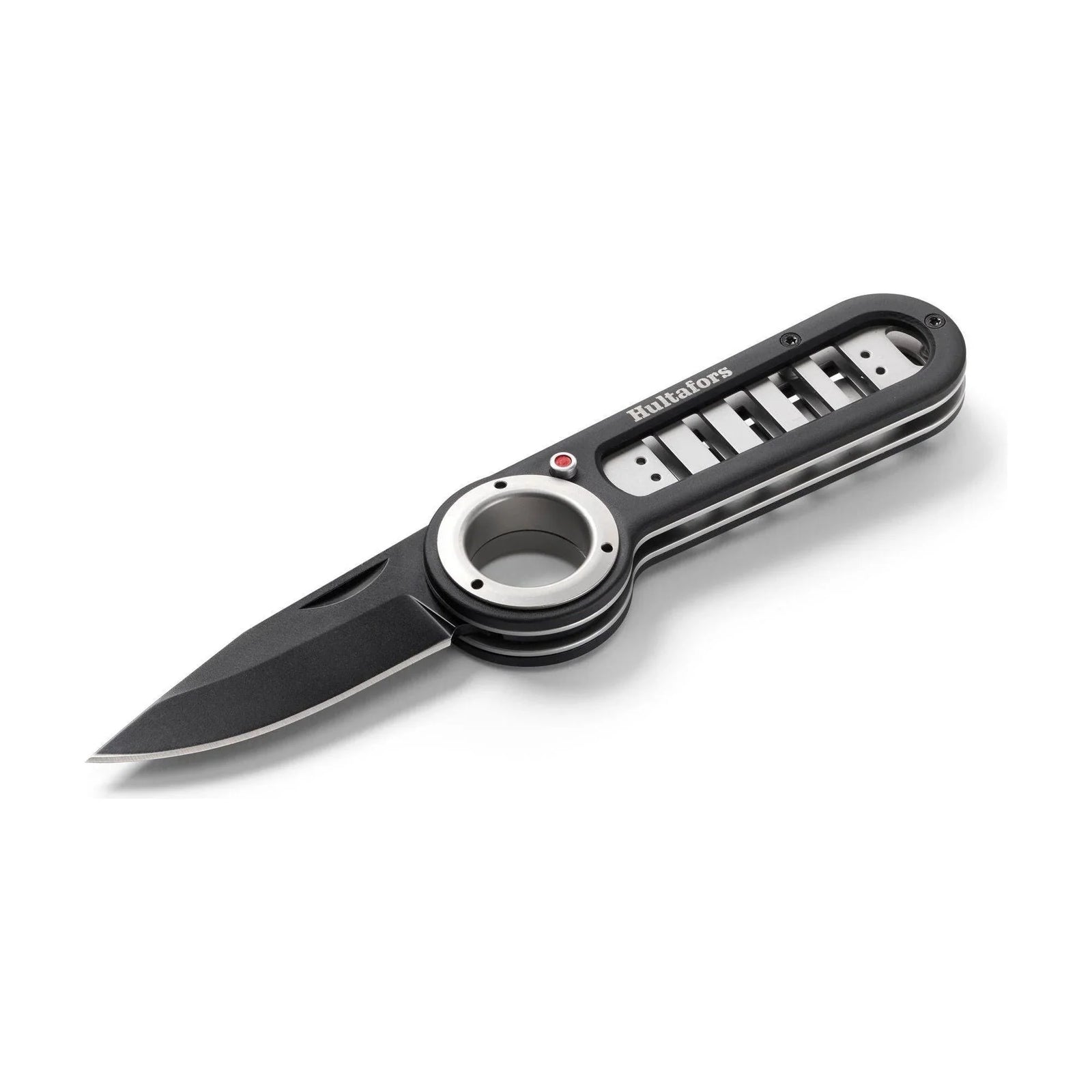
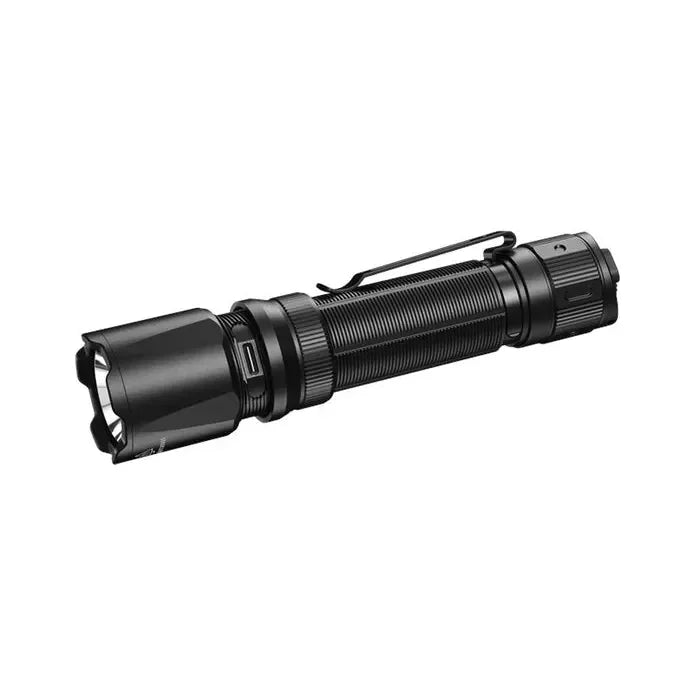
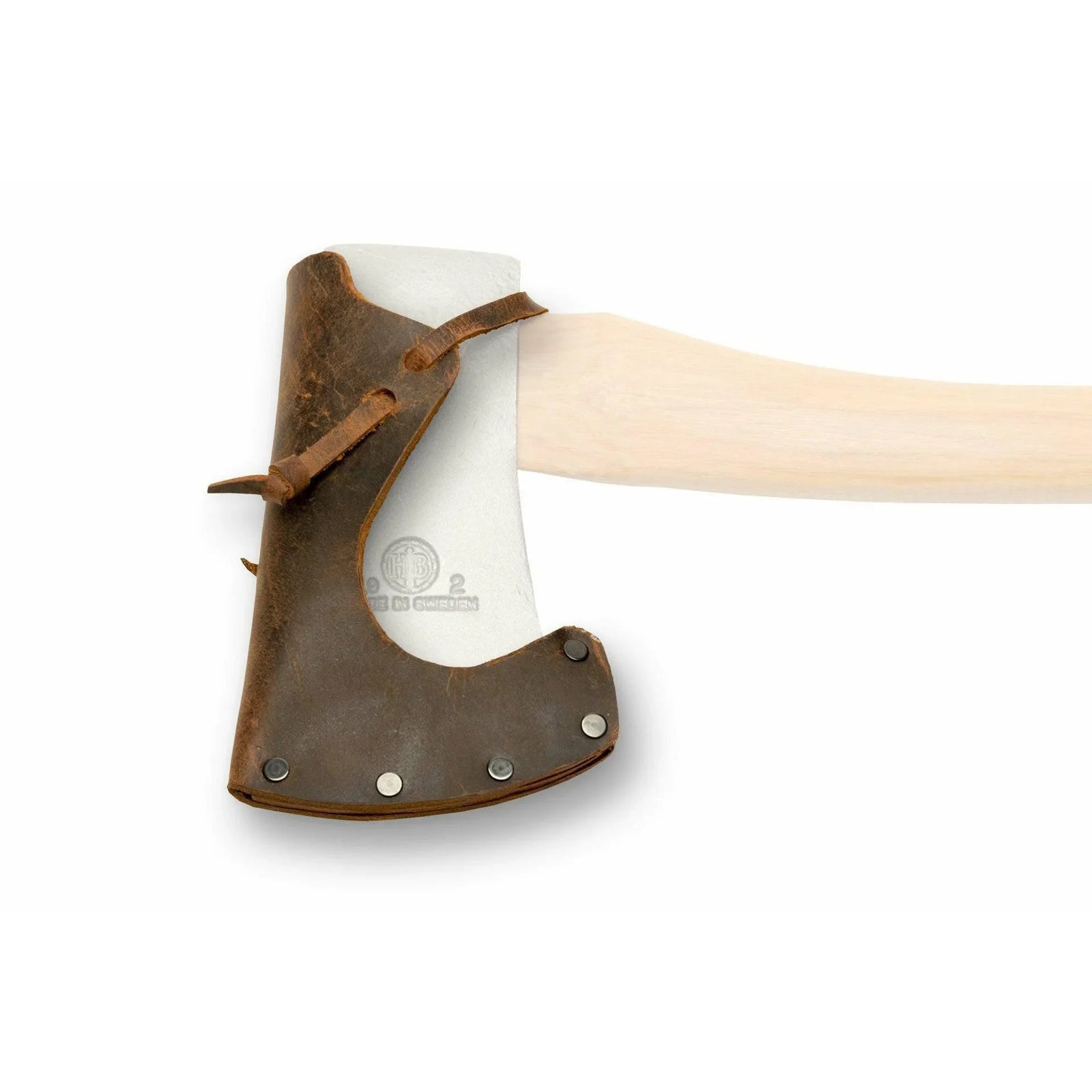
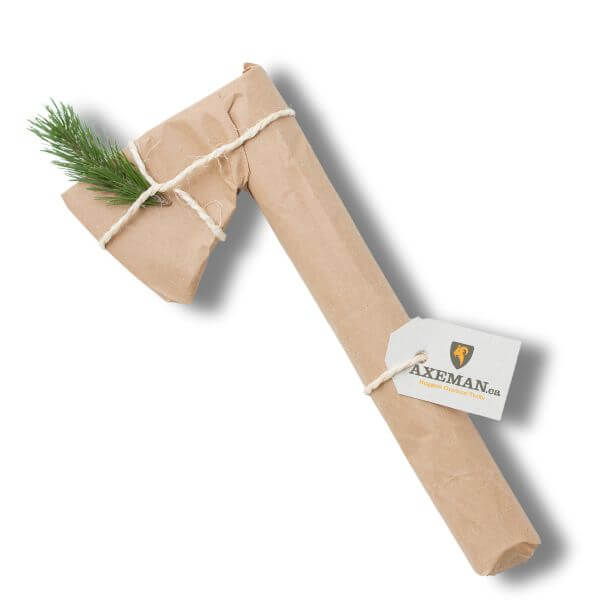
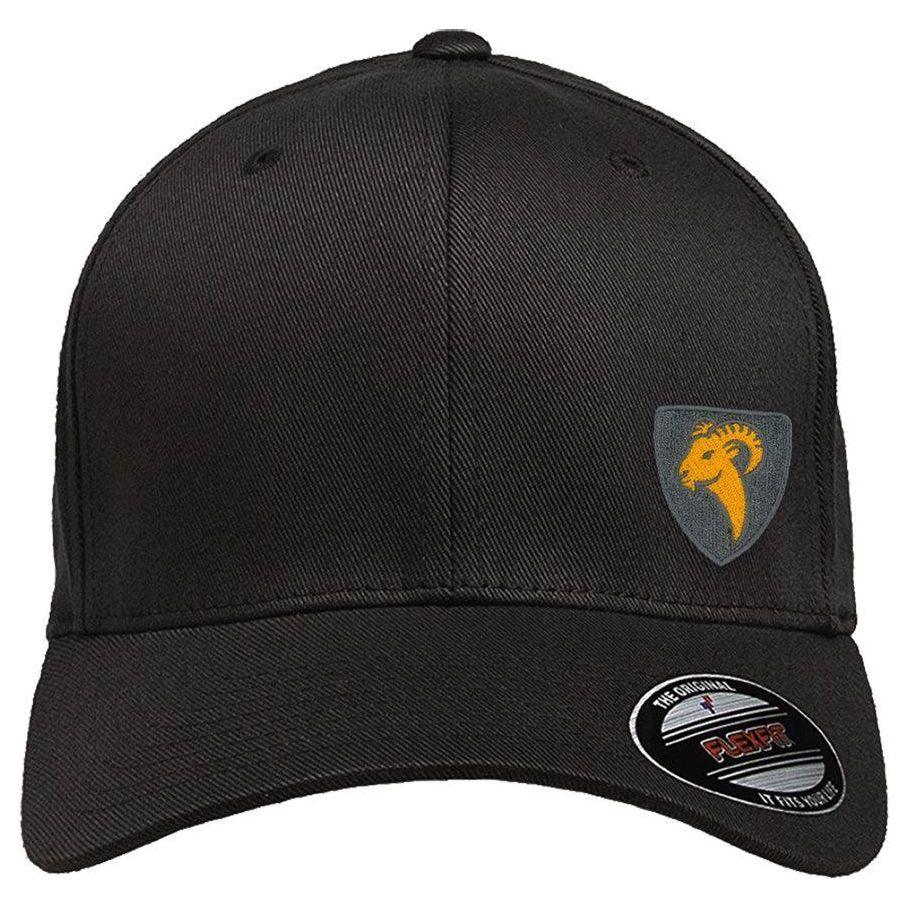
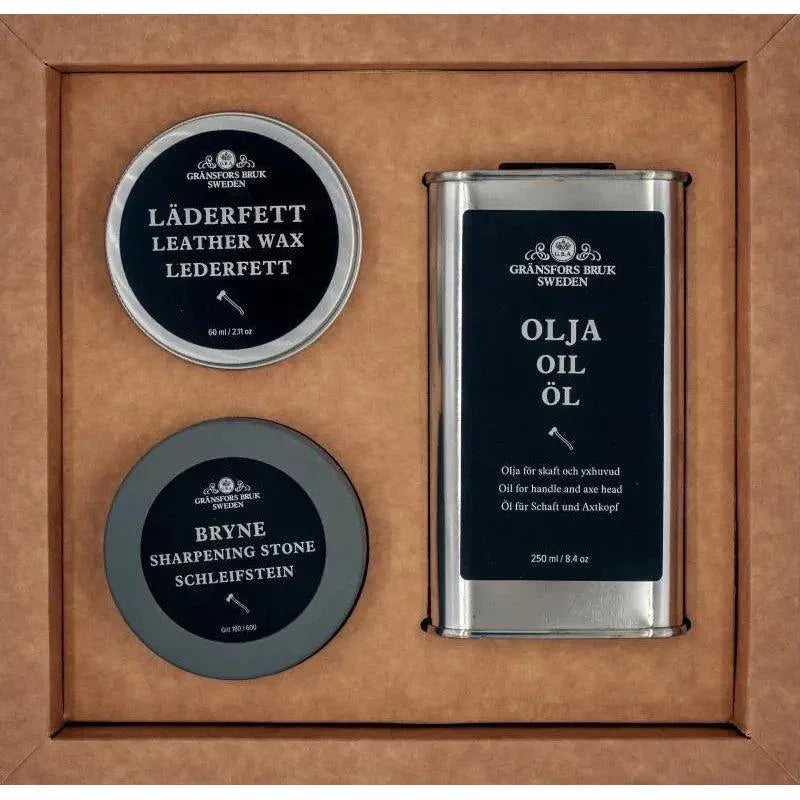
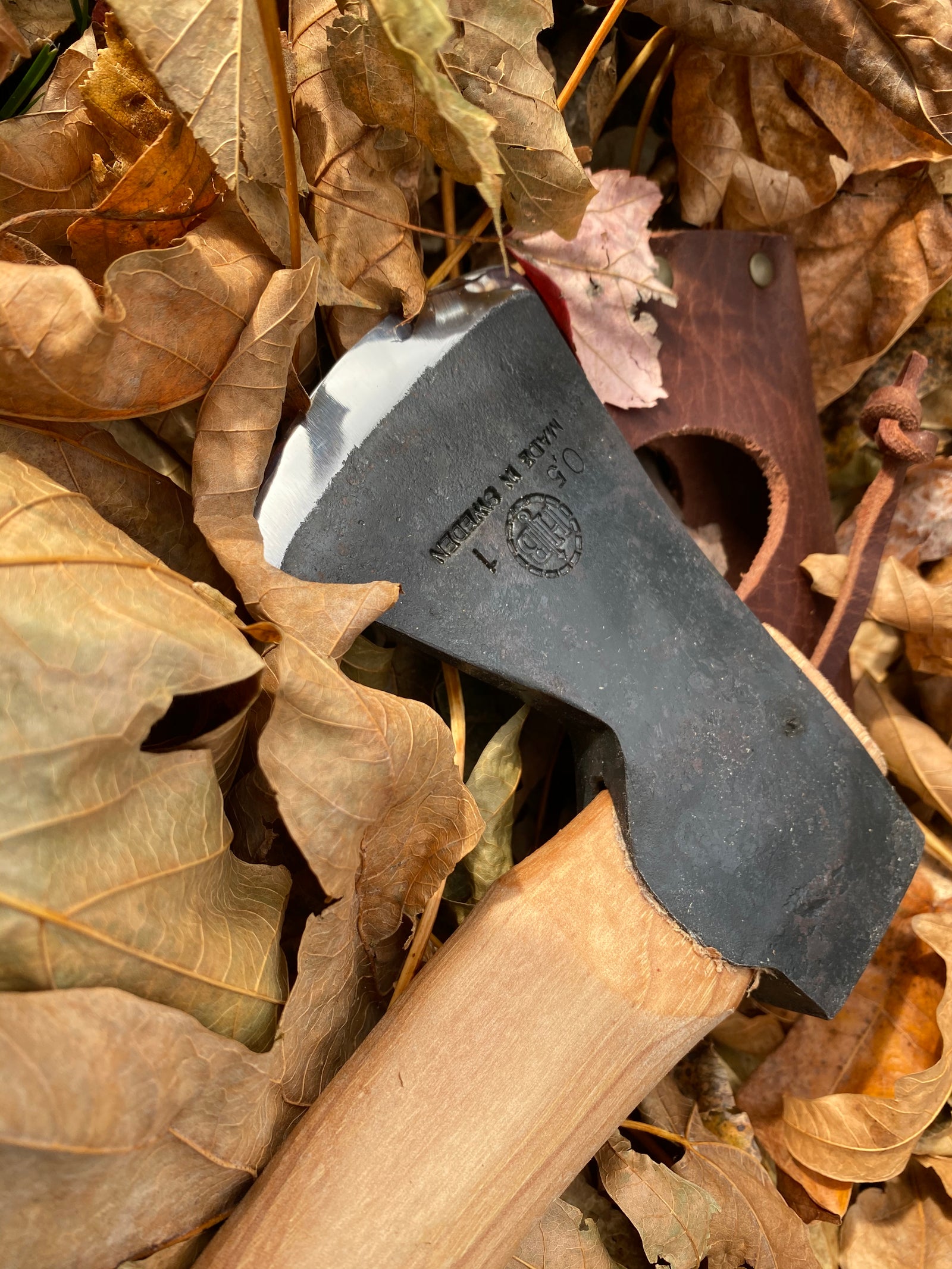



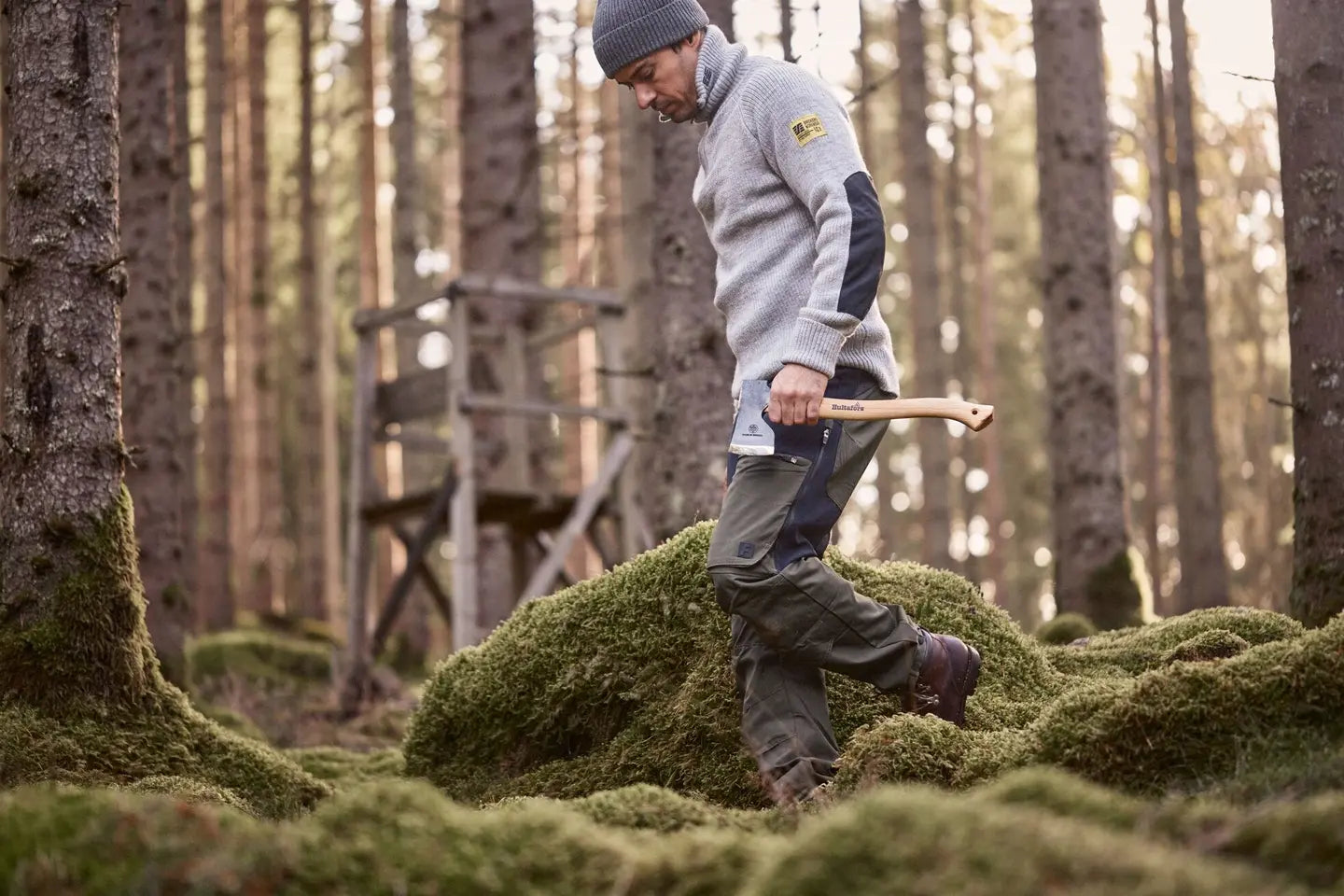
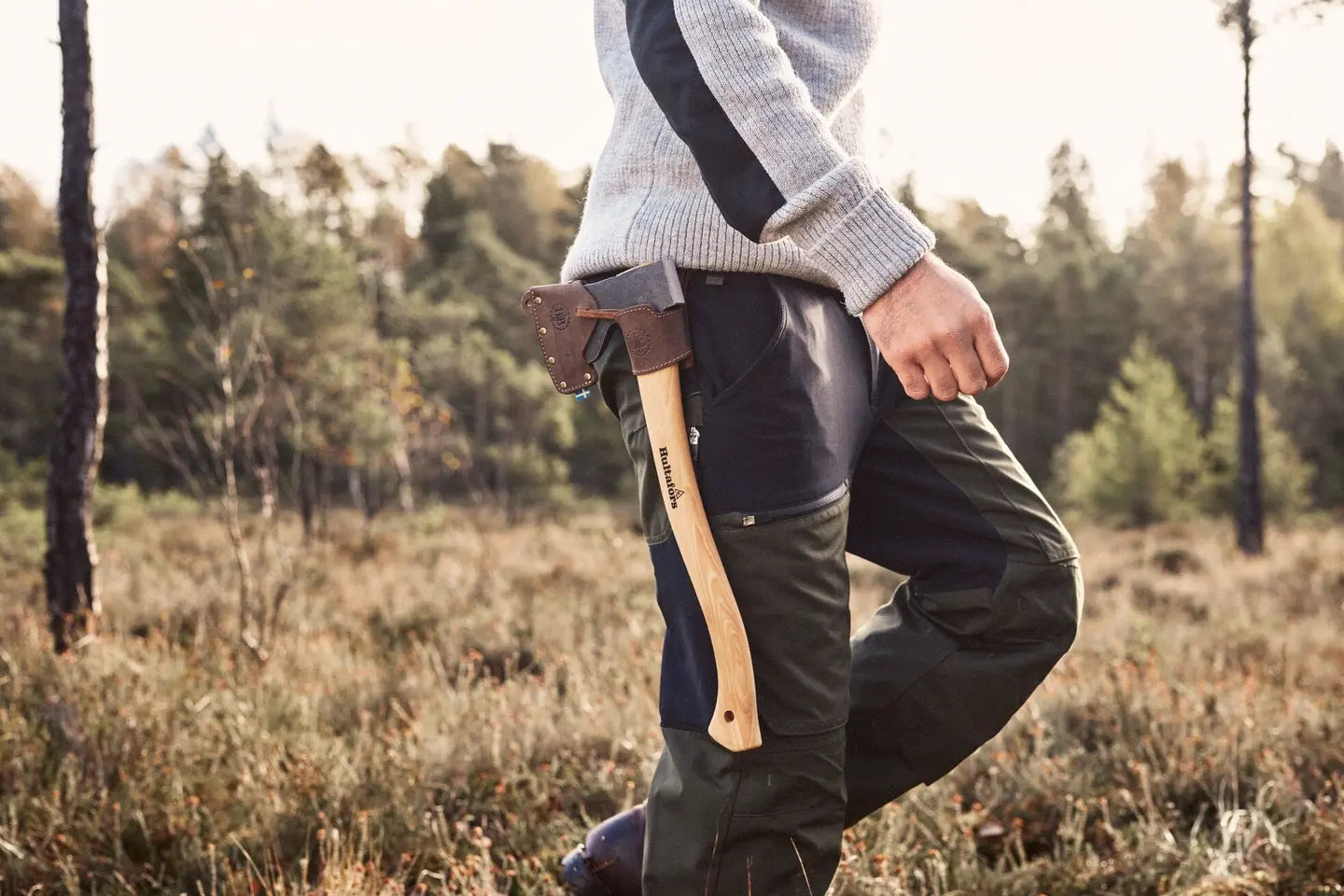
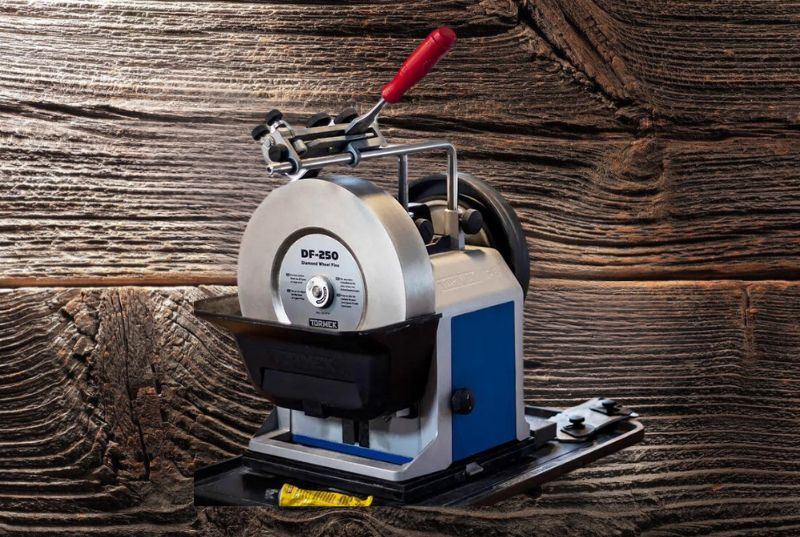
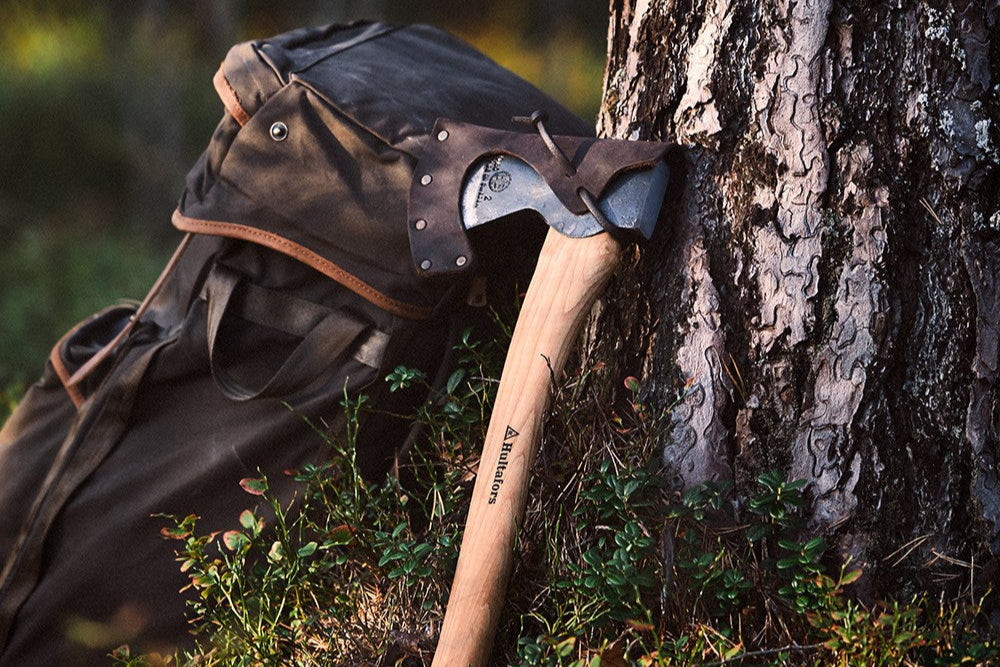

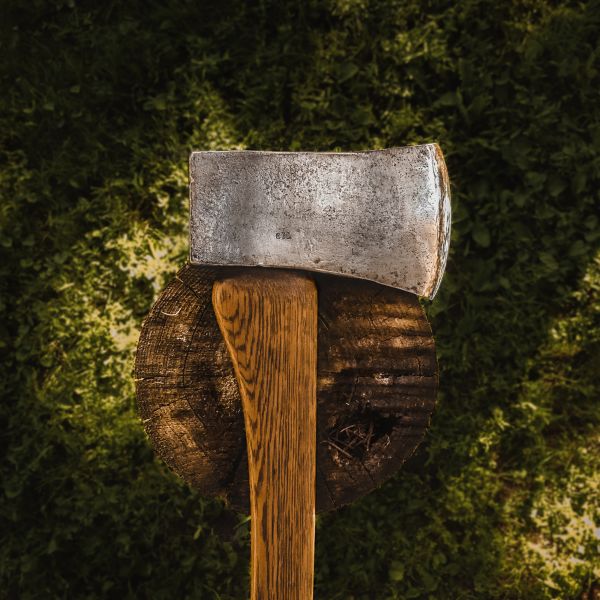
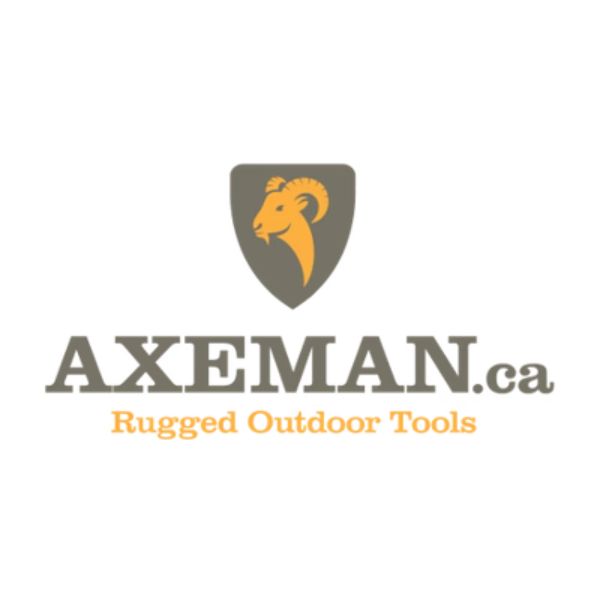

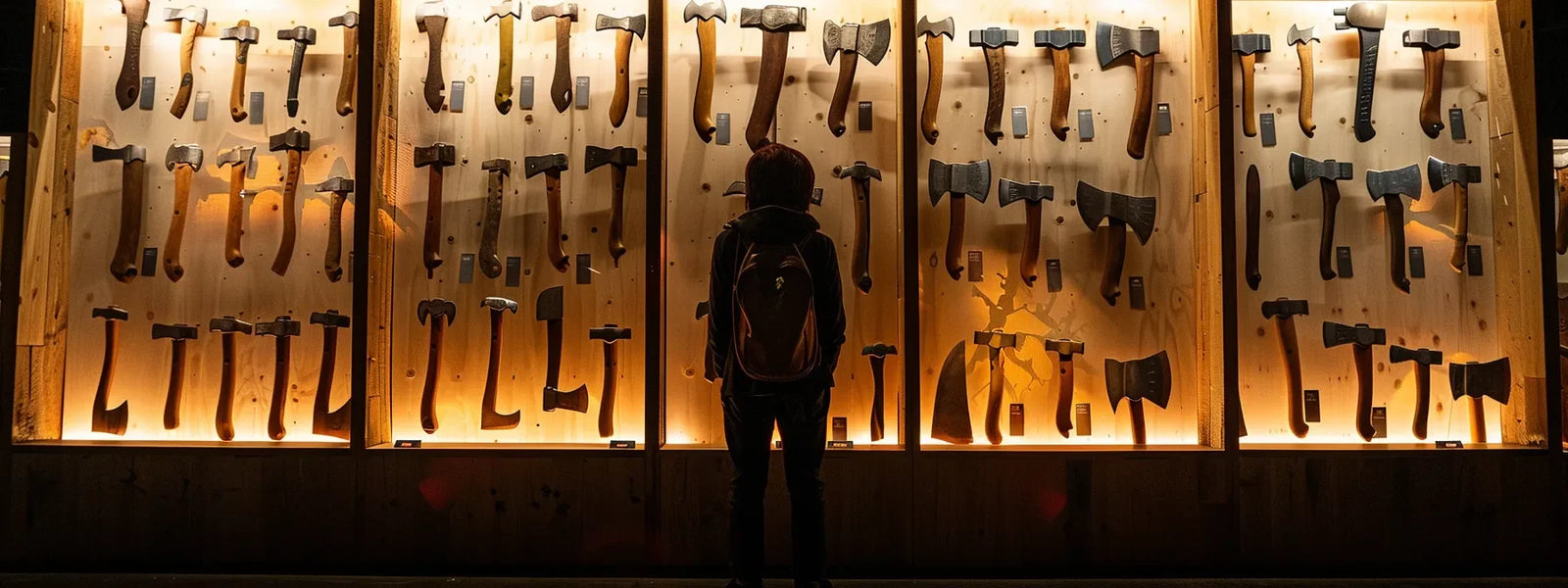



Leave a comment (all fields required)